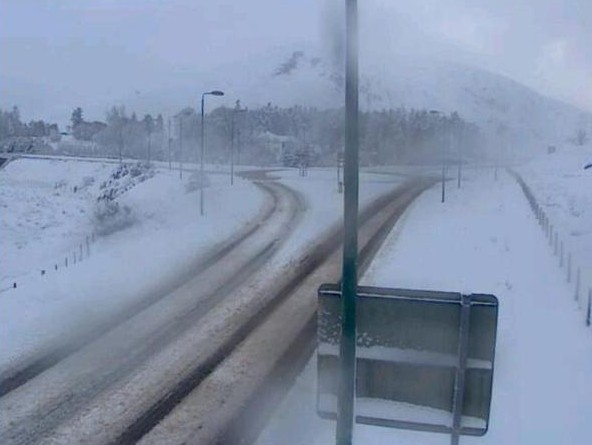Self-driving cars will be trialled on the twisting, turning single-track roads of northern Scotland to see how the technology might cope if it becomes widely used.
Scottish ministers are planning to put the vehicles through their paces by confronting them with obstacles including flocks of sheep, passing place stalemates and patchy mobile phone reception.
>> Keep up to date with the latest news with The P&J newsletter
It follows the announcement of a £4.35million autonomous bus trial on the Forth Road Bridge next year.
Transport Secretary Michael Matheson told The Scotsman that the tests will help roads bosses see how self-driving vehicles will cope with the country’s “unique environments”.
“The conditions of the roads can be more challenging – narrower, and single-track roads with passing places,” he added.
“There are some unique environments that will allow us to test practical things like livestock on the road – how many of the vehicles adapt and manage in these types of circumstances.
“On some of them, one moment you will have four bars of 4G, then you go round a corner and may have no 4G connection. So how will vehicles adapt to that?”
Mr Matheson stressed the importance of ensuring autonomous vehicles will work in all parts of the country, and not just those with more developed infrastructure.
He added: “If technology is developed on the basis that it works in urban areas then potentially it disadvantages people who live in our rural and more remote areas.
“It’s important that, if this technology is going to be used, we can have the same level of assurances that we may have in our more urban areas.”
Neil Greig, policy and research director for road safety charity IAM RoadSmart, said: “I can’t think of a more challenging environment than rural roads in Scotland.
“Weather, wild animals, lorries, farm vehicles, tourists, cyclists, hikers, motorcyclists, not to mention old signs, potholes and worn markings all combine to provide a real challenge.
“Added to that, the subtle nuances of passing place use will be really difficult to replicate.
“Programming any machine so that it can distinguish between the need to wait opposite a passing place, instead of in it, is just one of the many challenges.”
